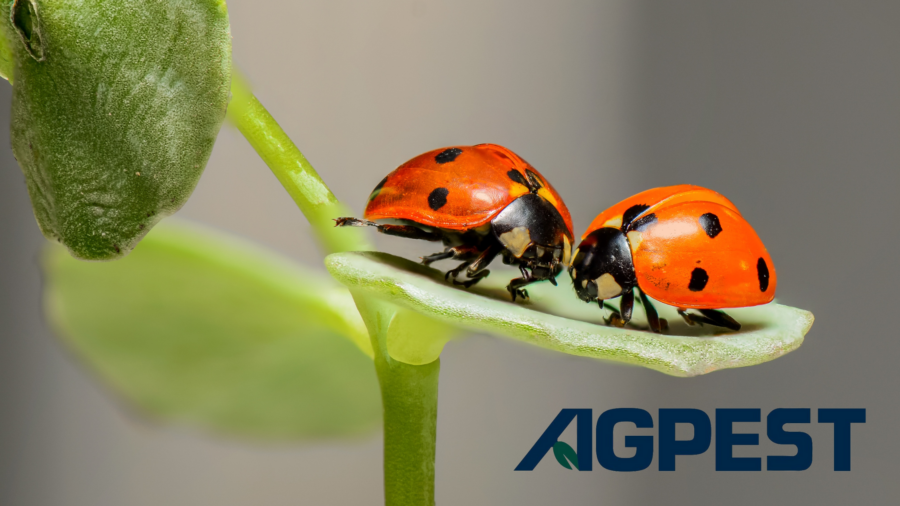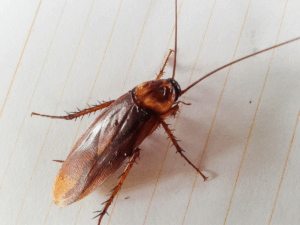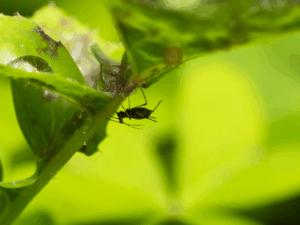Ladybugs are often seen as charming little creatures, their bright red shells with black spots making them a delightful sight in gardens and homes alike. While many associate them with good luck, a ladybug infestation can be a nuisance. In San Diego, where mild weather creates an ideal environment for ladybugs, homeowners may encounter these insects indoors, leading to the question: Are ladybug infestations helpful or harmful?
Identifying Ladybugs
Ladybugs, also known as ladybird beetles, are small, dome-shaped insects with a distinct red or orange shell marked by black spots. These insects typically range in size from 1/16 to 3/8 of an inch. Their most recognizable species, the seven-spotted ladybug, has a bright red or orange body with seven black spots. While they are often adored for their appearance, not all of them are red. Some species can be yellow, orange, or even black, making identification crucial.
In their early stages, these pests don’t resemble their adult counterparts. As part of their life cycle, ladybug larvae emerge from eggs as elongated, spiny creatures, often black with orange markings. These larvae undergo several molts before forming a pupa, from which the adult ladybug eventually emerges.
Why Are There So Many Ladybugs?
San Diego’s temperate climate provides ideal conditions for ladybugs to thrive year-round. These beneficial insects are drawn to gardens due to their favorite food source: aphids. But when the seasons change, especially in fall and winter, ladybugs may seek shelter indoors to escape the cooler weather. Cracks in windows, doors, and foundations serve as entry points, allowing them to invade your home in large numbers.
Once inside, they typically hibernate in large groups, often clustering in attics, basements, or other undisturbed areas. Their gathering is instinctive, as these insects release pheromones to attract others, leading to the formation of large colonies. This explains why homeowners might find large numbers of ladybugs in their homes seemingly overnight.
Are Ladybug Infestations Helpful or Harmful?
Helpful Aspects of Ladybugs
In gardens, ladybugs are considered beneficial insects. They are natural predators of many harmful pests, including aphids, mites, and scale insects, which can damage plants and crops. A single ladybug can consume up to 5,000 aphids in its lifetime, making them an essential part of natural pest control.
These pests are also non-toxic and don’t pose a direct threat to humans, pets, or household items. They don’t carry diseases or bite, so their presence isn’t harmful in the way that some other household pests, like cockroaches or ants, might be.
Harmful Aspects of Ladybug Infestations
However, when ladybugs invade homes, they can become a nuisance. Large infestations can lead to unsightly clusters on walls, windows, and other surfaces. They may also emit a yellowish fluid when threatened, which can stain walls, furniture, and fabrics. This defensive secretion, while harmless, can create an unpleasant odor and cause minor skin irritation if handled.
Additionally, the presence of many ladybugs inside your home can be alarming and difficult to manage. Though they are not dangerous, the sheer number of insects can cause discomfort for homeowners, especially during the colder months when these insects are more likely to migrate indoors.
How to Prevent Ladybug Infestations
Preventing a ladybug infestation begins with making your home less accessible to these insects. Here are some tips to keep ladybugs from entering your home:
- Seal Cracks and Gaps: Ladybugs can enter through even the smallest cracks. Inspect your home for any gaps around windows, doors, foundations, and roofing. Seal these with caulk or weather stripping to prevent ladybugs from slipping inside.
- Install Screens: Ensure that all windows and vents are fitted with tight-fitting screens to keep ladybugs out.
- Remove Attractants: If you have a garden, consider managing aphid populations to reduce the food sources that attract ladybugs in the first place. While it’s beneficial to have ladybugs in your garden, an overabundance of aphids can lead to an increase in ladybug populations, which may migrate indoors.
- Use Essential Oils: Ladybugs are repelled by certain scents, such as citronella, clove, and bay leaves. Spraying these essential oils around entry points may help deter ladybugs from coming inside.
- Vacuuming: If ladybugs have already entered your home, vacuuming them up is one of the safest and most effective ways to remove them. Be sure to empty the vacuum bag outdoors to prevent them from reentering.
- Consult a Pest Control Company: If you’re dealing with a large infestation, a professional pest control company can offer more targeted solutions for ladybug removal. They can provide treatments to prevent ladybugs from entering your home and advise on long-term prevention methods.
How to Get Rid of Ladybugs
If ladybugs have already established themselves inside your home, you can take several steps to eliminate them. One method is to gently sweep or vacuum up the ladybugs and release them outside, far from your home, to prevent reentry. Another option is to set up light traps in dark areas like attics or basements, where ladybugs are likely to cluster.
For a more permanent solution, a pest control company can assess the situation and provide treatments that are safe for your home and family while effectively controlling the infestation. Professionals can help seal entry points and offer advice on how to avoid future invasions.
While ladybugs are beneficial insects in the garden, their presence indoors can be problematic. A large infestation, while not dangerous, can create unnecessary stress and damage surfaces in your home. Preventing ladybug infestations by sealing entry points and maintaining your garden is the best way to keep them from becoming an issue. If a ladybug infestation gets out of hand, a pest control company in San Diego can help you regain control and ensure your home stays pest-free.



